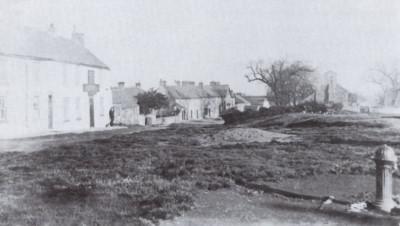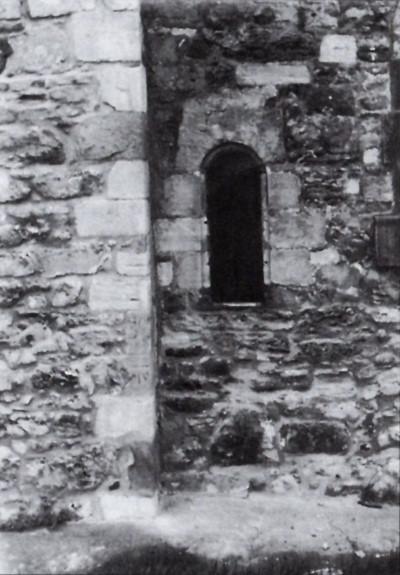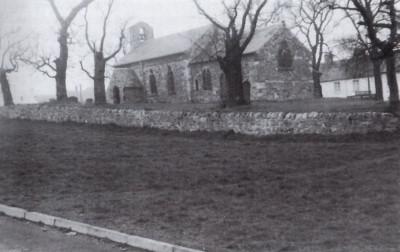According to Whelan in 1894. The Parish Church dedicated to St. Mary Magdalene, is a small stone building situated in the centre of the village, and consists of nave, with north aisles and chancel. The chancel arch is Norman, but greatly depressed, owing to the giving way of the side walls. On the south side of the chapel is a small, round leaded window through which it is said the lepers received Holy Communion. The Church was restored in 1884 and the north aisle added at a cost of £700 and will now seat 150 persons. The living is a perpetual curacy, of the certified value of £21 - 5 shillings, gross income £215. The tithes were commuted in 1839. The parish register commences in 1720. Patron Henry John Beckwith Esq. In 1811 a new graveyard was consecrated by Bishop Barrington as the area round the church was full. In our time the headstones from the church plot have been laid aside and the surrounding wall demolished. Before this uncaring people had thrown their rubbish over the walls.

Front Street, Trimdon.
Opposite the church was a house which later became a farm house. Monks lived here and when the church bell rang for service, they were able to leave their chores and quickly get to communion. The last tenant was farmer George Cartner, and sadly the house was pulled down to make way for the building of Tremeduna Flats. This church has a small lepers window so victims of this disease could watch the mass without entering the church to contaminate others. Sherburn House hospital was originally built to house lepers.

The Leper's Window.
St. William's Roman Catholic church was opened January 17th 1864 and has been improved. It serves the three Trimdons (see booklet written by Cannon Fee).
One religious building is lacking in its history. This is what is believed to be the monastery of the white Monks of Hurworth. Although it is in great dis-repair it gives the view and feeling of the church. On old maps there is definitely the symbol of a church, and the land round about is named Purga-tory Land, where bones have also been found. It is thought that all documents would have been destroyed in the 1536 -7 dissolution of the monasteries. Perhaps they were hidden as were the deeds of another monastery that a monk hid in a pie he made. Hence the rhyme of Little Jack Horner, for the deeds would certainly be a plum find.

Trimdon Village Church.